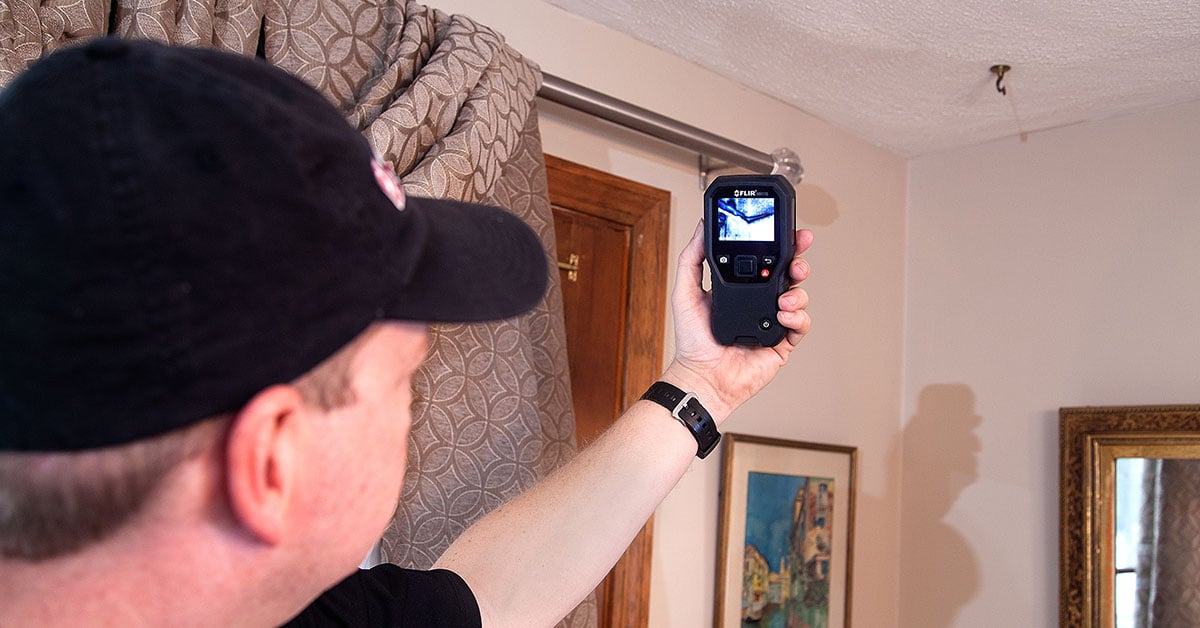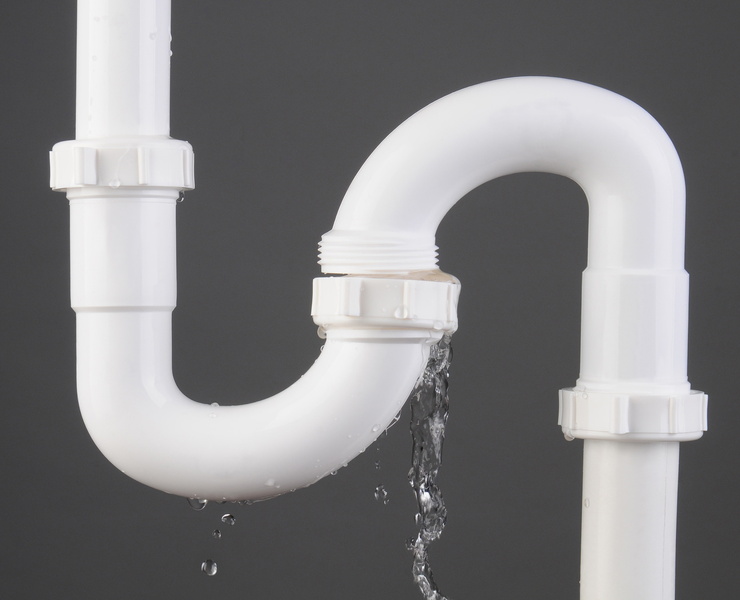How to Check If Your House Has a Concealed Leakage
How to Check If Your House Has a Concealed Leakage
Blog Article
In this article in the next paragraph you'll find additional outstanding content in regards to Hacks to detect leaks.

The minute you discover a leak, calling your plumber for repair work is the most effective service. Nonetheless, some tiny water leakages might not show up. If you can not detect it with your naked eyes, right here are some hacks that help.
Early discovery of dripping water lines can alleviate a potential catastrophe. Apart from saving you cash, it will certainly lessen the aggravation as well as stress.
Check Water Consumption
Evaluate your water expenses as well as track your water intake. As the one paying it, you should notice if there are any inconsistencies. If you find sudden changes, despite your intake being the same, it implies that you have leaks in your plumbing system. Keep in mind, your water expense need to fall under the very same array on a monthly basis. An abrupt spike in your expense shows a fast-moving leak.
A steady boost every month, also with the exact same habits, reveals you have a slow leakage that's also gradually intensifying. Call a plumber to completely inspect your residential property, especially if you really feel a cozy location on your flooring with piping beneath.
Analyze the circumstance and check
Homeowners ought to make it a behavior to check under the sink counters and also even inside cupboards for any type of bad odor or mold and mildew development. These two red flags suggest a leakage so prompt interest is needed. Doing regular assessments, even bi-annually, can save you from a significant issue.
Analyze the Water Meter
Checking it is a surefire method that helps you uncover leakages. If it moves, that suggests a fast-moving leak. This implies you may have a slow-moving leakage that could even be below ground.
Asses Outside Lines
Don't neglect to examine your exterior water lines too. Ought to water permeate out of the link, you have a loose rubber gasket. One little leakage can squander lots of water and surge your water expense.
Do a Food Coloring Examination
When it comes to water usage, 30% comes from toilets. If the color somehow infiltrates your dish during that time without flushing, there's a leakage between the tank and also dish.
If you recognize your house is already old, maintain a watchful eye on your heaters, tubes, pipes etc. Check for stainings as well as deteriorating as a lot of devices as well as pipes have a life expectancy. They will certainly also normally degrade because of wear and tear. Do not wait for it to escalate if you presume leaking water lines in your plumbing system. Call a specialist plumber as soon as possible so you don't wind up with a terrible mess in your home.
The moment you locate a leakage, calling your plumber for fixings is the best solution. Some small water leaks may not be visible. Checking it is a guaranteed method that assists you discover leaks. One little leak can lose lots of water and also spike your water bill.
If you suspect dripping water lines in your plumbing system, do not wait for it to escalate.
WARNING SIGNS OF WATER LEAKAGE BEHIND THE WALL
PERSISTENT MUSTY ODORS
As water slowly drips from a leaky pipe inside the wall, flooring and sheetrock stay damp and develop an odor similar to wet cardboard. It generates a musty smell that can help you find hidden leaks.
MOLD IN UNUSUAL AREAS
Mold usually grows in wet areas like kitchens, baths and laundry rooms. If you spot the stuff on walls or baseboards in other rooms of the house, it’s a good indicator of undetected water leaks.
STAINS THAT GROW
When mold thrives around a leaky pipe, it sometimes takes hold on the inside surface of the affected wall. A growing stain on otherwise clean sheetrock is often your sign of a hidden plumbing problem.
PEELING OR BUBBLING WALLPAPER / PAINT
This clue is easy to miss in rooms that don’t get much use. When you see wallpaper separating along seams or paint bubbling or flaking off the wall, blame sheetrock that stays wet because of an undetected leak.
BUCKLED CEILINGS AND STAINED FLOORS
If ceilings or floors in bathrooms, kitchens or laundry areas develop structural problems, don’t rule out constant damp inside the walls. Wet sheetrock can affect adjacent framing, flooring and ceilings.
https://www.servicemasterbyzaba.com/blog/how-to-detect-water-leakage-in-walls/

I am very drawn to Locating water leaks and I really hope you enjoyed reading the entire blog entry. Are you aware of anybody else who is looking into the subject? Do not hesitate to share it. We value reading our article about Leaking water lines.
Report this page